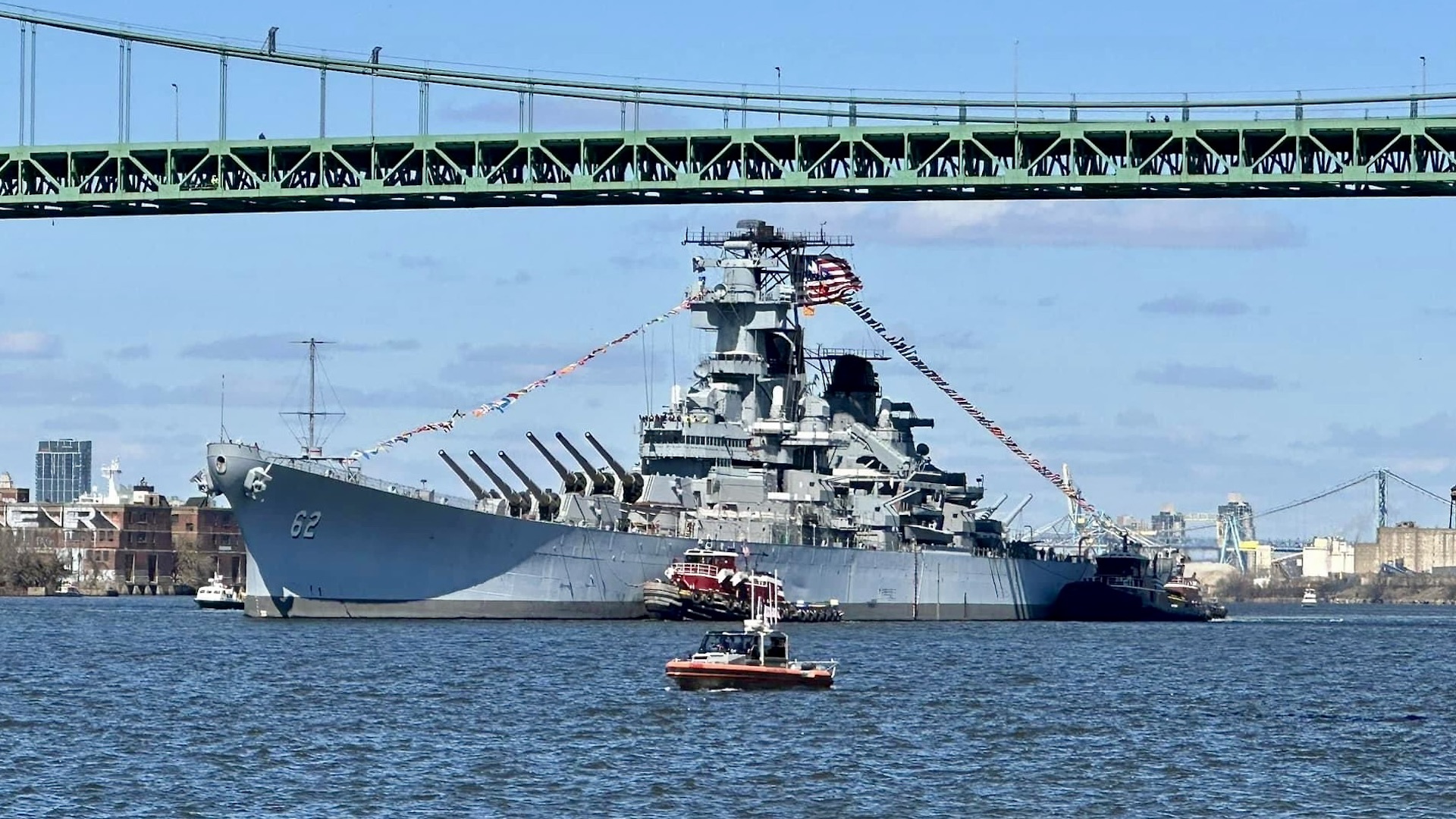The problem with that theory is that the 1945 Midways were cancelled before any thought was given to a new 1945 carrier design. And when that design work was begun the USN still wanted an armoured flight deck in view of the kamikaze experience. The final C2 design study presented in mid 1946 was actually not that much smaller than a Midway - 40,400 tons standard displacement (54,500 full load) (compared to Essex 27,500 tons standard, 36,380 tons full load; Midway 45,000 tons standard, 60,100 tons full load; all as designed) with a 3" armoured flight deck (v Midway's 3.5" FD) but less side belt armour and dimensions only marginally smaller than that of Midway.My personal belief as to why the extra Midways where cancelled:
The 1946 Carrier was a better alternative to the massive, expensive, and cumbersome Midways. It would be cheaper and easier to produce similar sized vessels without the armored flight deck.
Where the 1945 carrier design was an improvement over both the Essex and the Midway was in its ability to better operate its 53 aircraft airgroup comprised of bigger 35 F7F fighters and 18 BT3D strike aircraft. It also gained from having 4 deck edge lifts (2 each side) and 3 much more powerful H-8 catapults (with one sponsoned out to port). While the flight deck armour was 3" v Midway's 3.5" it covered a far greater part of the hangar, but still not it all.


